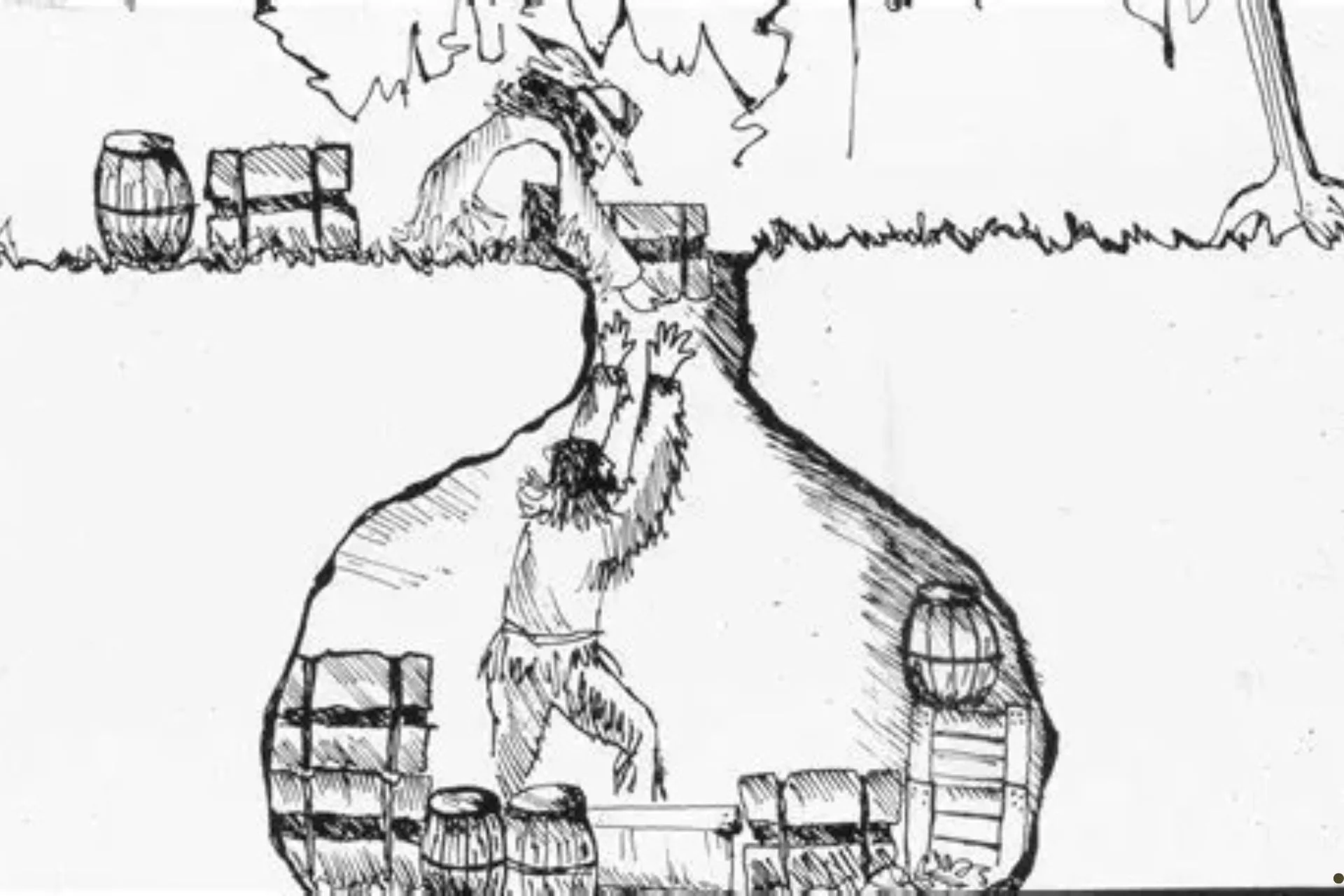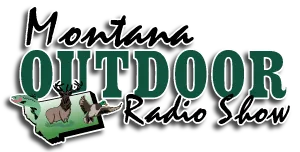Big game hunting in Montana means trekking for many miles. If you need to carry everything that you may need, you will have no room to carry your game back to camp.
Years ago, when I was still a mobile and aggressive backcountry bow hunter, my buddy and I discussed setting up several Caches. These would be marked with a GPS or landmarks. Each Cache would have what would be needed for an overnight emergency stay.
Caches were a common way that native peoples and pioneers/mountain Men would store gear and food for their seasonal treks and returns to civilization. Lewis and Clark used caches all along their trek for the return trip.
During several hunts for elk, we were on the trail of a bull late in the day but were several miles away from camp. We would have to end the chase and come back the next day.
Rarely did we ever shoot a bull late in the afternoon since getting it back to camp meant packing at night. This is when the bears and other predators roam and are on the hunt. Accidents also happen when you hurry or are walking at night. We have never tagged a bull closer to camp than 3 miles.
An alternative plan would be to keep on the hunt and spend the night at a Cache Campsite. Positioning Cache sites would be decided by where we had historically chased bulls in the same area. If you need to deal with an emergency or stay on the hunt, a Cache could be a gamechanger.
Our Cache containers were screw on lid 5-gallon buckets. Our survival gear was stored inside the bucket and buried under boulders or hanging in a tree. Each bucket was loaded with whatever we needed for an overnight comfortable stay. The next morning, we could get right back on the hunt.

The Cache contained a cooking pot, fire starters, water, toilet paper, soap, first aid supplies/ aspirin, band aids, etc., folded plastic tarps, compact sleeping bags, a change of underwear/shirts, a small towel, and an assortment of food. We also added duct tape, small saw/axe, and utility cord to support a space blanket/tarp.
Everything was sealed in a can (which could become a cup or pot), zip bags, or jars. The water was in a container that would allow for expansion if the water froze. The entire filled bucket weighed less than 15 pounds. We could carry 2 in our packs easily.
Cache Shopping List
Canned Meats Spam, luncheon meat, etc. A couple of plastic utensils can help.
Trail Mix/dried fruits Lots of sugar and quick energy
Crackers These last forever. Put in a container to prevent breakage.
Instant Oats Can be eaten raw or added to hot water
Jerky/dried meat sticks contain a lot of salt so use with water.
Hard or container of cheese. Aged cheddar has plenty of protein and is a luxury afield.
Honey Lots of anti-bacteria ingredients and natural sugars.
Instant coffee/tea Packages of powdered creamers and sugar are also a good addition.
Our Cache sites were set during our pre-season scouting. We used a map to help us position the buckets. Usually, the sites were in a small island of trees that were in the middle of an open area, or near a water source. Some of our sites are still in place. I checked one site after 6 years and everything was intact.
We buried the buckets into the ground for insulation and stealth. Large rocks nearby were placed on top. These would become our campfire rings when we visited the sites. The buried buckets can freeze over the winters, but our canned food and water were fine when securely planted in the insulating dirt. A colored flag also helped to mark the sites.
To keep the bears and critters off the cache, we used sharpened sticks, pungi style around the location. We also urinated around the area.
We spent the night at one of our Cache sites the first time we set them up. 6 sites were around the area we hunted. None were closer than 3 miles from camp. The furthest was 6 miles out. Any night in Montana, above several thousand feet, will be cold.
Our menu became a unique meal. Our ingredients went into the pot. Some natural spices and edibles were also used. A big fire kept us warm. Our compact sleeping bags were ok but not the warmest. We draped our hunting coats on top and layered some clothing. Our ground pad was made from cut pine bowels. The tarp gave us shelter from an evening shower.
The good news, after a morning cup of coffee, was that our camp was in an area where we continued scouting for elk sign, without a trek to and from our main camp. We have not needed these camps during the regular archery hunt, but we know where they are just in case.
Hunt hard, hunt harder!
Montana Grant




